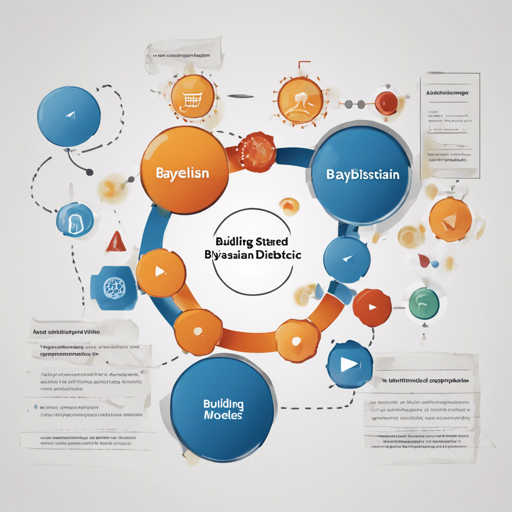If you’re venturing into the world of probabilistic modeling using TensorFlow or PyTorch, look no further than **ProbFlow**. This robust Python package allows you to effortlessly build, fit, and evaluate Bayes-inspired models. Let’s dive into how you can get started and unleash the power of ProbFlow!
What is ProbFlow?
ProbFlow is a Python package that simplifies the building of probabilistic Bayesian models. Whether you’re using TensorFlow 2.0 or PyTorch, ProbFlow provides the tools to perform stochastic variational inference and evaluate model inferences.
Why Choose ProbFlow?
- User-friendly: You can create models with minimal coding.
- Flexible: Supports both high-level and low-level modeling.
- Versatile: You can easily build complex models or use pre-built ones.
Installing ProbFlow
Before you start building models, you need to install ProbFlow. If you have TensorFlow or PyTorch already set up, you can install ProbFlow with just one command.
pip install probflowIf you need the CPU version of TensorFlow, use:
pip install probflow[tensorflow]For the GPU version of TensorFlow, run:
pip install probflow[tensorflow_gpu]And if you want to use PyTorch, type:
pip install probflow[pytorch]Creating Your First Model
Building a Bayesian model in ProbFlow is akin to constructing a house. You start with a solid foundation (parameters) and gradually add walls (distributions), windows (data), and a roof (the resulting predictions). Let’s look at a simple example of Bayesian Linear Regression in ProbFlow:
import probflow as pf
import tensorflow as tf
class LinearRegression(pf.ContinuousModel):
def __init__(self):
self.weight = pf.Parameter(name='weight')
self.bias = pf.Parameter(name='bias')
self.std = pf.ScaleParameter(name='sigma')
def __call__(self, x):
return pf.Normal(x * self.weight() + self.bias(), self.std())
model = LinearRegression()
Here, the LinearRegression class builds the model’s structure, specifying how inputs relate to outputs through parameters. Now, you can easily fit the model using:
# x and y are Numpy arrays or pandas DataFrame/Series
model.fit(x, y)Generating predictions is just as simple:
# x_test is a Numpy array or pandas DataFrame
model.predict(x_test)Evaluating Your Model’s Performance
After fitting your model, it’s crucial to evaluate its performance. ProbFlow allows you to compute various metrics in just a few lines:
model.metric('mse', x_test, y_test)If you encounter issues with model performance or uncertainties in your predictions, you can inspect the posterior distributions:
model.posterior_plot(ci=0.95)Troubleshooting Tips
If you face challenges while working with ProbFlow, consider these troubleshooting tips:
- Make sure that TensorFlow or PyTorch is properly installed and compatible.
- Check your data types; they should match the expected input shapes.
- If your model doesn’t train, consider adjusting parameters or learning rates.
- Look for documentation or examples that are similar to your use case at ProbFlow Documentation.
For more insights, updates, or to collaborate on AI development projects, stay connected with fxis.ai.
Final Thoughts
At fxis.ai, we believe that such advancements are crucial for the future of AI, as they enable more comprehensive and effective solutions. Our team is continually exploring new methodologies to push the envelope in artificial intelligence, ensuring that our clients benefit from the latest technological innovations.
Now that you have the tools to get started with ProbFlow, the sky’s the limit for your Bayesian modeling adventures! Happy modeling!

